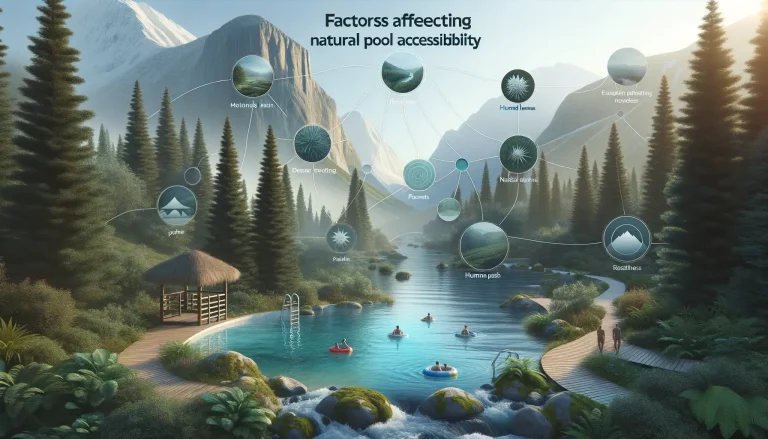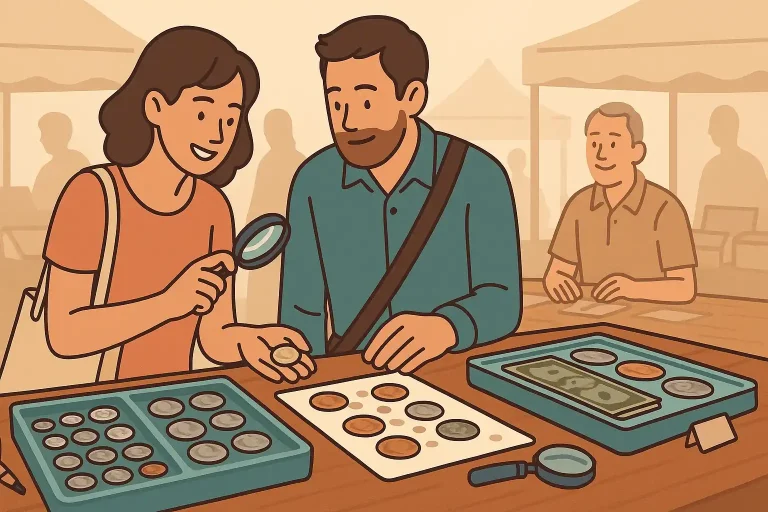Understanding the Importance of Coral Reef Conservation
Why Coral Reefs Are the Beating Heart of Our Oceans
Imagine a bustling city beneath the waves, where every crevice hums with life. That’s what a coral reef is—an underwater metropolis hosting a dizzying array of species, from tiny, jewel-colored fish to ancient, lumbering sea turtles. These reefs aren’t just beautiful; they’re essential. They act as nurseries for marine life, offering food, shelter, and protection for roughly 25% of all ocean species.
But their importance doesn’t stop there. Coral reefs are nature’s unsung heroes, providing storm protection for coastal communities, supporting global fisheries, and even lending a hand in medical research. It’s wild to think that something as fragile as a coral branch could hold such life-giving power.
Here’s what’s truly heartbreaking: these ecosystems are in trouble. Climate change, overfishing, and careless tourism are pushing reefs to the brink.
- Over 50% of the world’s coral reefs have already been lost.
- If current trends continue, scientists warn we could lose up to 90% by 2050.
Preserving coral reefs isn’t just an environmental mission; it’s a fight for countless species—and us. After all, the health of our oceans reflects our own future.
Essential Do’s and Don’ts While Exploring Coral Reefs

Respect the Reef: Actions That Speak Louder Than Words
Imagine this: you’re floating above a vibrant world of swirling colors and intricate shapes, a living tapestry of marine life unlike anything else on Earth. Coral reefs are mesmerizing, but they’re also delicate—think of them as an underwater glass sculpture that can shatter with one careless move. To help protect these treasures, here’s what to keep in mind:
- Do keep your distance: Even the lightest touch can damage coral. Stay horizontal in the water and maintain a respectful buffer. Think of it like admiring a painting—you wouldn’t smear your fingerprints on it, right?
- Don’t anchor on the reef: Anchors crush corals and disrupt habitats. Opt for designated mooring buoys whenever possible.
- Do secure loose gear: Fins, cameras, or dangling straps can scrape against corals unintentionally. Double-check everything before splashing in!
Leave Only Bubbles, Take Only Memories
The golden rule of reef exploration? Be a guest, not a vandal. That means no souvenir hunting—pocketing even the tiniest piece of coral contributes to the reef’s decline. And let’s talk sunscreen. Choose reef-safe options free of harmful chemicals like oxybenzone and octinoxate. Regular sunscreens might protect your skin, but they harm coral reproduction—making your choice matter more than you think.
Best Practices for Responsible Snorkeling and Diving
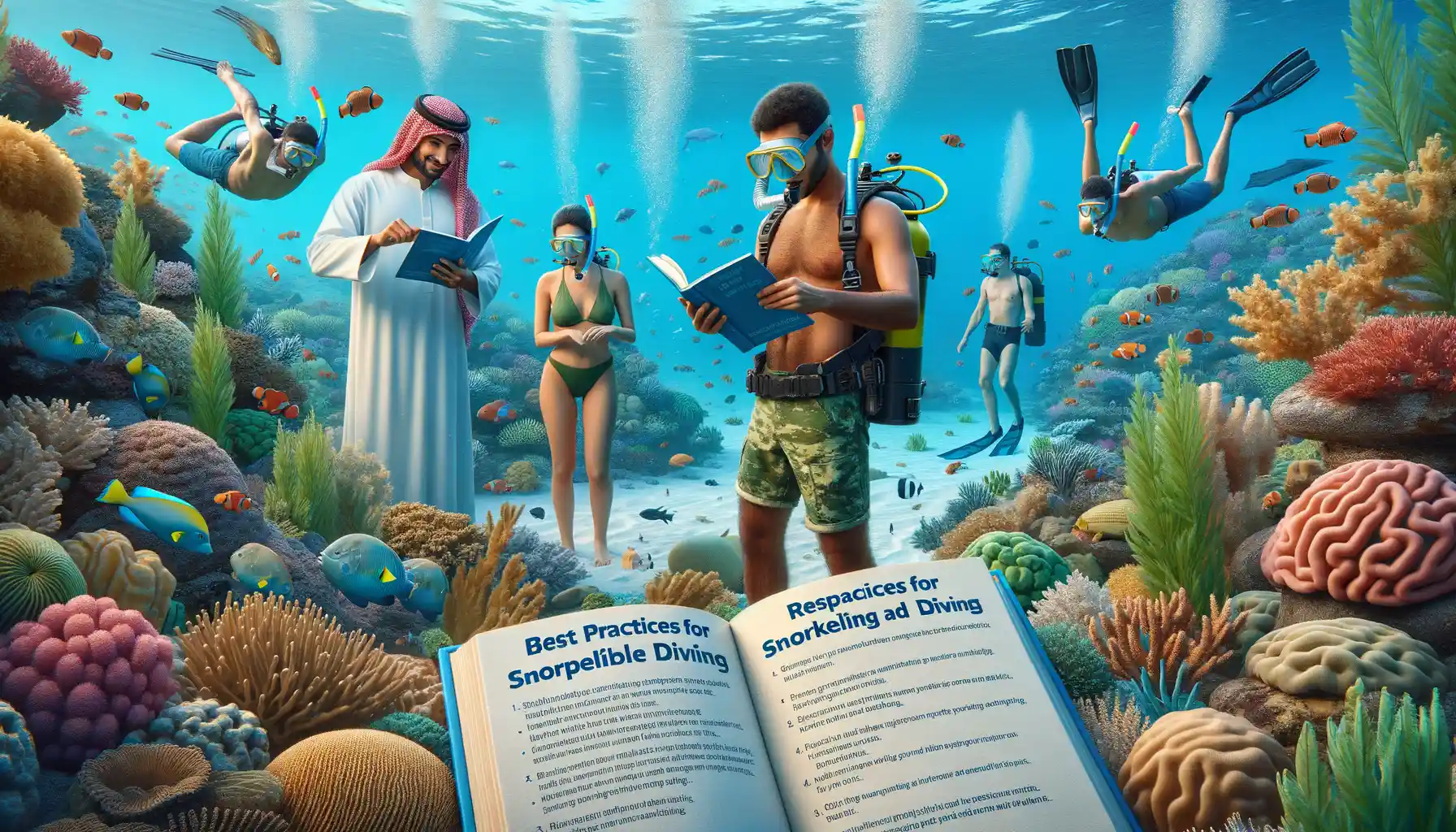
Respect the Ocean, and It Will Reward You
Imagine stepping into someone else’s home—you wouldn’t stomp on their furniture or rearrange their belongings, right? The same principle applies when you dive into the mesmerizing world of coral reefs. You’re entering a realm teeming with life, where every coral, fish, and grain of sand plays a vital role. Treat it with the reverence it deserves.
Here’s your golden rule: no touching! Coral may look like colorful rock, but it’s alive—a fragile creature that can take decades to recover from human contact. Even the lightest brush from your hand or fin can cause damage. Glide gracefully, like a leaf floating on water, and keep your distance.
- Choose reef-safe sunscreen, so you don’t coat the water in harmful chemicals.
- Check your buoyancy regularly to avoid accidental collisions with the reef.
- Keep gear like snorkels and cameras tucked close to your body—dangling objects can scrape corals or disturb marine life.
Be a Guest, Not a Disruptor
The sea may feel like an endless expanse, but for its inhabitants, it’s their entire world. That school of rainbow-colored parrotfish? They’re not props for your selfies. Move calmly, observe quietly, and let the underwater magic unfold naturally. Remember, loud splashes and sudden movements are the underwater equivalent of shouting in a library—don’t be “that person.”
By showing restraint, you’ll gain something even better than a perfect Instagram shot: the chance to witness marine life behaving as it would without human interference. Trust me, seeing a curious turtle lazily float by or a tiny damselfish darting through coral feels far richer than anything staged.
The Role of Education and Awareness in Coral Reef Protection
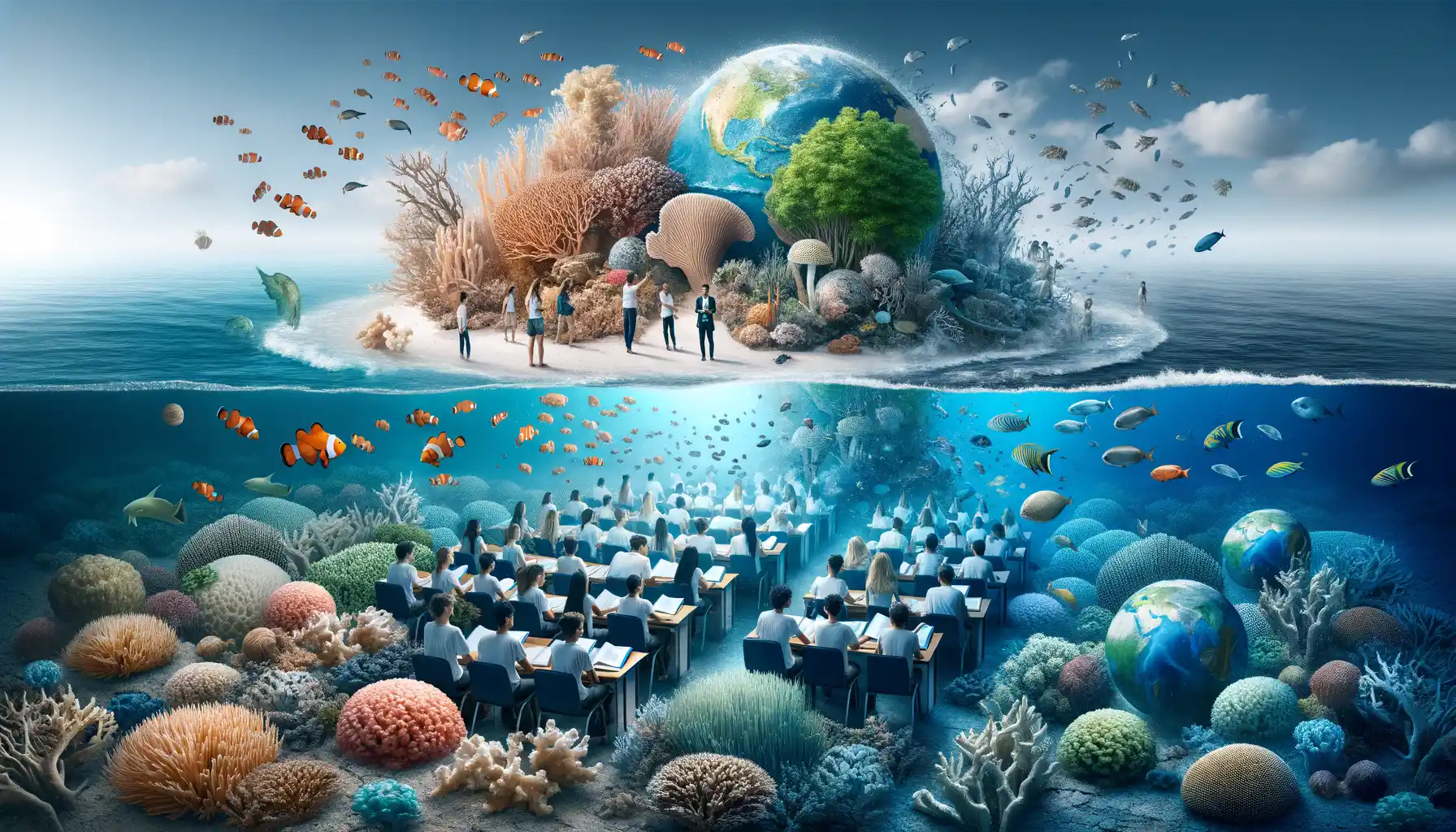
Why Knowledge Is Your Best Dive Buddy
Imagine this: you’re about to dive into a stunning underwater metropolis, bustling with life — vibrant coral structures, darting fish, the promise of adventure. But without understanding how fragile this ecosystem is, you might unknowingly damage the very wonder you came to admire. That’s why education is more than just a starting point; it’s your secret weapon for becoming a true guardian of coral reefs.
Did you know that touching coral can be as harmful as stepping on delicate wildflowers? Or that sunscreen isn’t always ocean-friendly? Raising awareness around these small but impactful actions turns casual visitors into informed protectors of the undersea world.
Teaching Actions That Ripple Across Oceans
Education is not about lecturing people; it’s about sparking curiosity and action! What if every snorkeler or diver followed these quick tips?
- Use reef-safe sunscreen to prevent chemical damage to corals.
- Master buoyancy to avoid accidental contact with delicate marine life.
- Say no to souvenirs like shells or coral fragments — they belong in the ocean, not on your mantelpiece.
Each informed traveler is like a pebble dropped in a pond, creating ripples of change that echo far beyond their personal experience.
How Communities and Tourists Can Support Reef Ecosystems
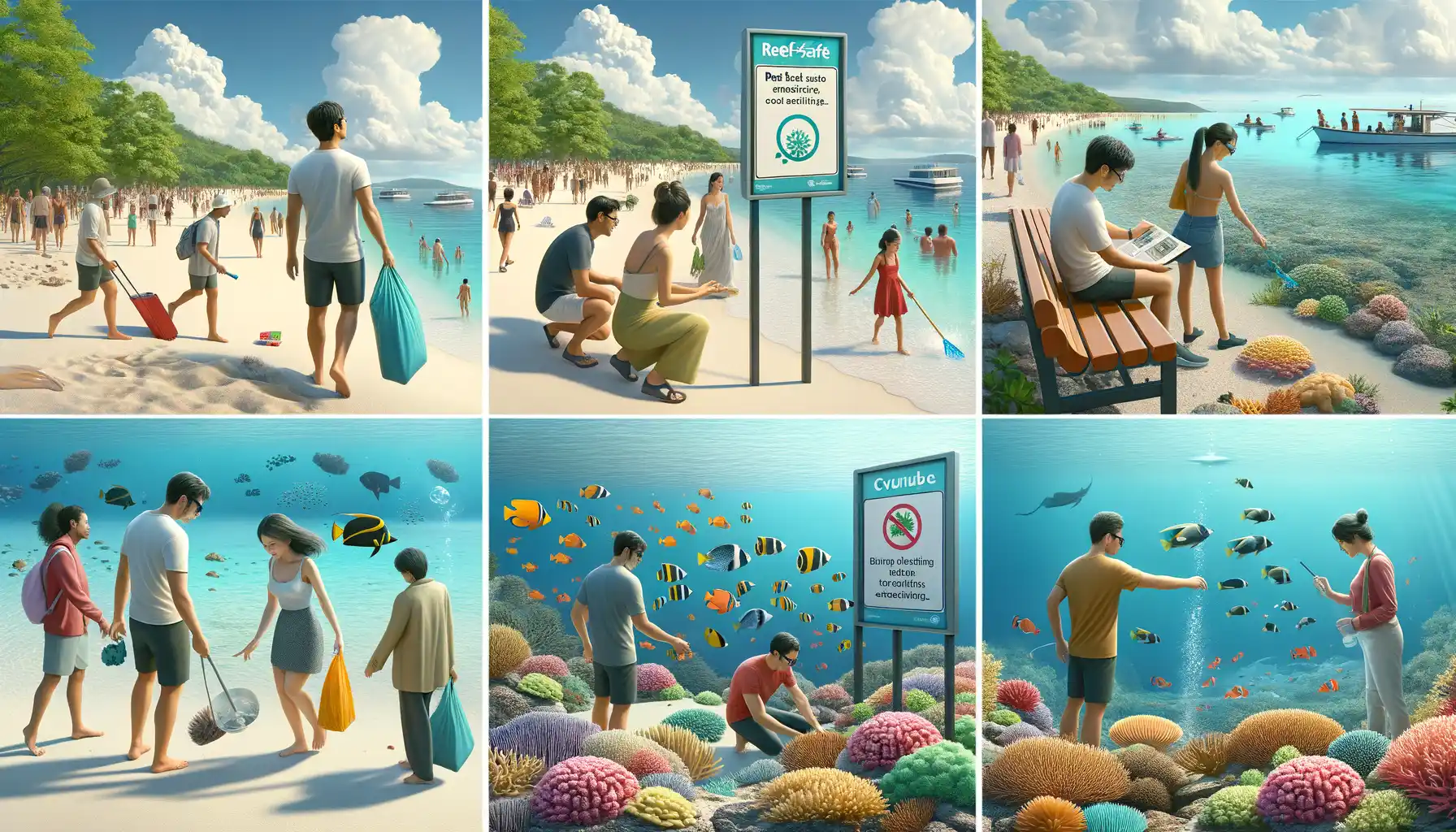
Small Changes, Big Impact: What Locals and Visitors Can Do
When it comes to preserving the majesty of coral reefs, every action—no matter how small—ripples out like a wave. Whether you’re lucky enough to live by the ocean or just stopping by for an adventure, there are countless ways you can champion reef ecosystems.
For visitors, the golden rule is simple: leave no trace, and maybe even leave it better than you found it. Wondering how? Start with these steps:
- Choose reef-safe sunscreen. Many traditional sunscreens leach harmful chemicals like oxybenzone into the water, which can bleach coral. Opt for mineral-based options instead.
- Support eco-conscious tour operators. Seek companies that prioritize marine conservation and educate visitors on sustainable practices.
Locals, your connection to these reefs runs deeper, like roots in the sand. You can make waves by lobbying for protective legislation, volunteering for reef clean-ups, or even planting mangrove trees, which act as a shield for coastal ecosystems.
Think Beyond the Shoreline
Living inland but still want to help? You can! Reducing your carbon footprint—carpooling, eating less meat, using less plastic—indirectly protects reefs by curbing ocean warming and pollution. Remember, no matter where you are, your choices flow downstream. Let’s keep the waters clear and the corals thriving!

